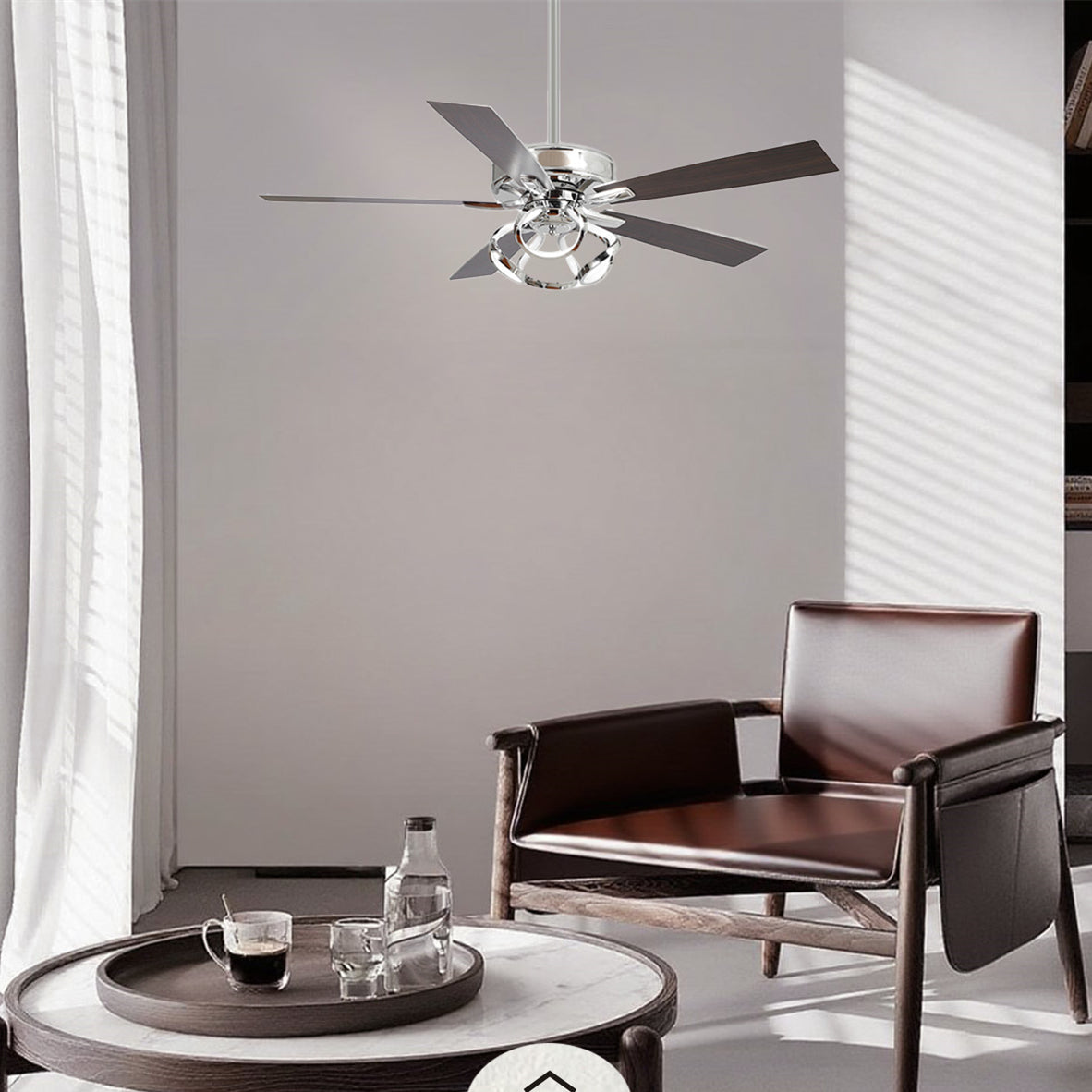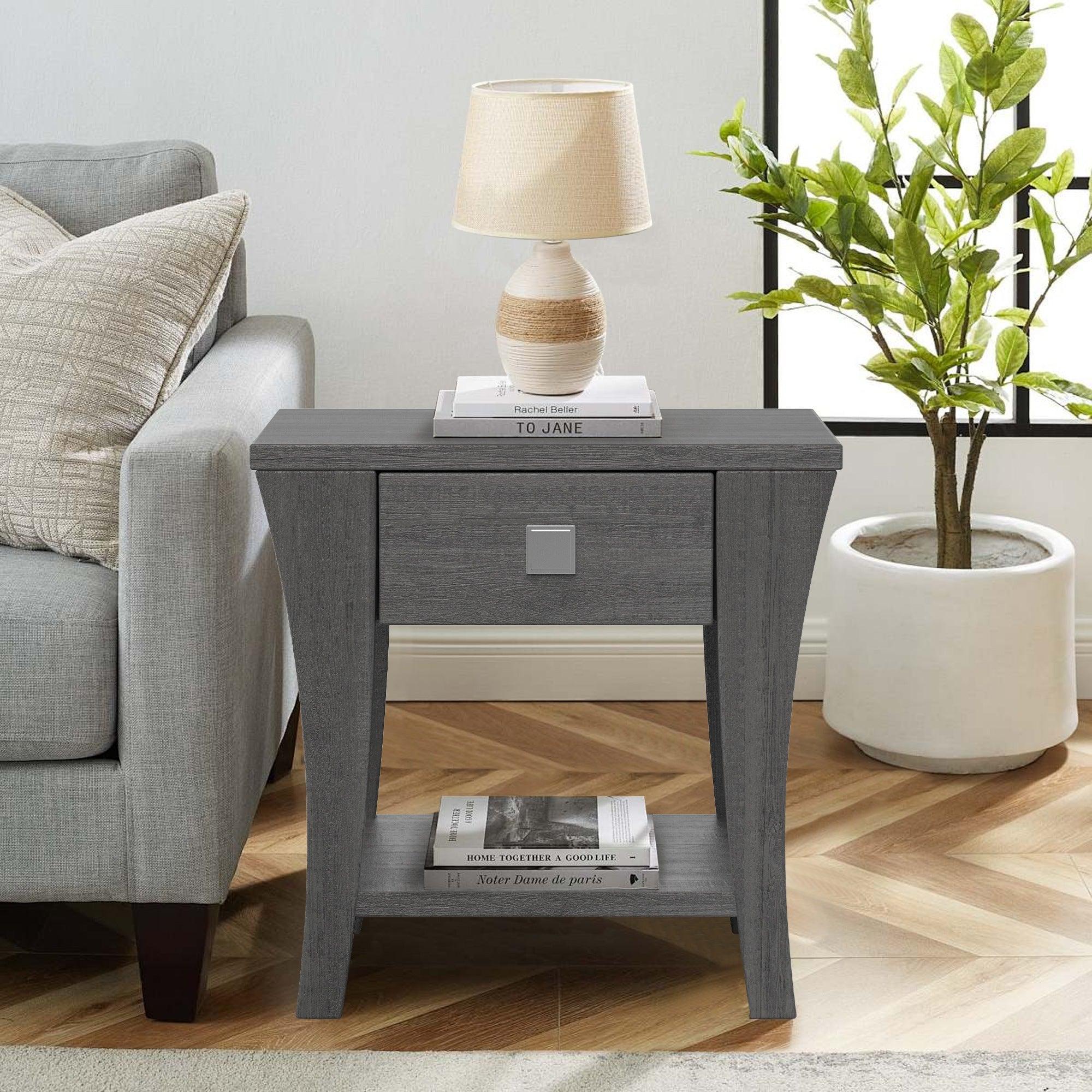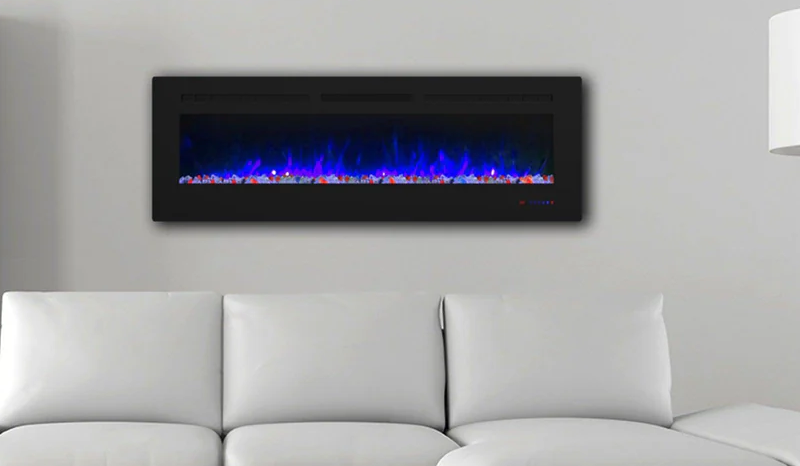When the temperatures drop, a 1500-watt electric heater can be your best friend for maintaining a comfortable indoor environment. But before you make a purchase, it's crucial to understand how much area a 1500-watt heater can heat, its running costs, and how it compares to other heater types. This comprehensive guide will answer all of these questions while offering insight into the benefits, features, and ideal use of 1500-watt heaters.
Types of 1500-Watt Electric Heaters
Before diving into the specifics of heating area and running costs, let’s take a look at the different types of 1500-watt heaters, their features, and advantages.
1. Infrared Heaters
-
How They Work: Infrared heaters emit infrared radiation, directly warming objects and people in their path, similar to the warmth of the sun.
-
Key Features:
-
Energy-efficient and cost-effective for spot heating
-
Silent operation with no drying of the air
-
Instant heat delivery
-
-
Ideal For: Small, well-insulated rooms or individual areas.
Advantages:
-
Quick heat-up time
-
Energy-efficient for targeted heating
-
Silent and moisture-friendly
Disadvantages:
-
Effective only for direct line-of-sight heating
-
Not ideal for large spaces without additional air circulation
2. Ceramic Heaters
-
How They Work: Ceramic heaters utilize a ceramic heating element, often combined with a fan to circulate warm air throughout the room.
-
Key Features:
-
Portable and easy to move
-
Adjustable thermostats and multiple heat settings
-
Oscillating fans for even heat distribution
-
-
Ideal For: Medium-sized rooms or for evenly distributing heat in small spaces.
Advantages:
-
Even heat distribution
-
Portable with added safety features (like tip-over protection)
Disadvantages:
-
Can be noisy due to fan operation
-
Slower heating compared to infrared models

3. Oil-Filled Radiators
-
How They Work: These heaters heat oil inside the unit, which then radiates heat into the surrounding air.
-
Key Features:
-
Ideal for long-term heating
-
Silent operation
-
Can retain heat for extended periods after turning off
-
-
Ideal For: Larger rooms or continuous, low-level heating.
Advantages:
-
Consistent heat for hours
-
Very quiet operation
Disadvantages:
-
Takes longer to warm up
-
Less portable due to size and weight
How Many Square Feet Will a 1500 Watt Heater Heat?
The heating capacity of a 1500-watt electric heater depends on several factors, including room size, insulation, and the heater’s efficiency.
General Estimation for a 1500-Watt Heater:
-
Rule of Thumb: A typical 1500-watt heater can heat about 10 square feet per 100 watts.
-
Calculation:
1500watts÷10=150sq ft
- This means a 1500-watt heater can effectively heat a room of up to 150 square feet.
Factors Affecting Heating Efficiency:
-
Room Insulation: Well-insulated rooms retain heat better, reducing the workload on your heater.
-
Ceiling Height: Rooms with higher ceilings may require additional wattage for efficient heating.
-
Room Layout and Airflow: Rooms with good airflow and minimal obstructions will heat more efficiently.
How Much Does It Cost to Run a 1500 Watt Electric Heater?
Understanding the cost of running a 1500-watt heater is crucial for budgeting your energy expenses.
Cost Calculation:
-
Power Consumption:
1500 watts = 1.5 kilowatts (kW)
-
Hourly Cost: Assuming an average electricity rate of $0.14 per kWh, the hourly cost is:
1.5kW×0.14USD/kWh=0.21USD/hour
-
Daily Cost: If you run the heater for 8 hours per
0.21USD/hour×8hours=1.68USD/day
-
Monthly Cost: For 30 days of use at 8 hours per day:
1.68USD/day×30days=50.40USD/month
Notes:
-
This estimate can vary depending on your local electricity rates and how often you use the heater.
-
The total cost will depend on the length of time the heater is running each day.
Source for electricity cost data: Energy Information Administration (EIA)
Is It Cheaper to Turn Up the Heat or Use an Electric Heater?
Many homeowners wonder whether it's cheaper to increase the temperature on their central heating system or to use an electric heater. Here’s a breakdown:
Central Heating:
-
Ideal for Whole-House Heating: Central heating is typically more efficient for larger spaces or entire homes.
-
Cost: Central heating systems, especially those powered by natural gas, tend to be more cost-effective for heating large areas.
Electric Heaters:
-
Best for Targeted Heating: Electric heaters are perfect for heating smaller rooms or individual spaces.
-
Cost: They are more efficient for spot heating, but may be more expensive when used for long periods in larger spaces.
Verdict:
For larger areas or consistent heating, central heating is often more economical. For smaller rooms or supplemental heating, electric heaters can be a better choice.
Heating Capacities and Costs of Other Common Wattages
It’s important to compare different heater wattages to understand how much area they can heat and their associated costs.
| Heater Wattage | Estimated Heating Area | Hourly Running Cost (at $0.14/kWh) |
|---|---|---|
| 750W | 75 sq ft | $0.11 |
| 1000W | 100 sq ft | $0.14 |
| 1500W | 150 sq ft | $0.21 |
| 2000W | 200 sq ft | $0.28 |
| 3000W | 300 sq ft | $0.42 |
This table shows a clear comparison of how much area each wattage can heat and their estimated operating costs, allowing you to choose the right heater for your needs.
Source for running cost data: Energy Saver - U.S. Department of Energy
Recommended 1500W Heaters
Here are two highly recommended 1500W heaters from Parrotuncle that offer excellent performance and value for money:
1. 1500W Electric Infrared Quartz Space Thermostat Heater
-
Type: Infrared
-
Features:
-
Adjustable thermostat
-
Overheat protection
-
Quiet operation
-
-
Ideal For: Medium-sized rooms up to 150 sq ft.
-
Why It’s Great: The Parrotuncle infrared heater heats efficiently, and its energy-saving features make it a great option for heating smaller or specific areas of your home.
2.1500W Electric Space Heaters with Digital LED Display
-
Type: Ceramic
-
Features:
-
Digital controls and remote control
-
Oscillation function for even heat distribution
-
Safety tip-over switch
-
-
Ideal For: Small to medium-sized rooms.
-
Why It’s Great: The oscillating fan helps distribute heat evenly, and the sleek design makes it a good fit for most modern home interiors.
FAQs
1. Can a 1500-watt heater heat a large room?
-
A 1500-watt heater is suitable for rooms up to 150 sq ft. Larger rooms may require a higher wattage heater or multiple units for optimal heating.
2. Are infrared heaters more energy-efficient than ceramic heaters?
-
Yes, infrared heaters are generally more energy-efficient for spot heating, as they directly heat objects and people, whereas ceramic heaters warm the air.
3. How can I reduce the cost of running my electric heater?
-
Use the heater in well-insulated rooms, set the thermostat to a comfortable but not excessive temperature, and turn it off when you leave the room.
4. Is it safe to leave a 1500-watt heater on overnight?
-
It’s generally not recommended to leave heaters unattended for extended periods. Always follow the manufacturer’s safety guidelines.
5. Can I use a 1500-watt heater in a bathroom?
-
Only use heaters that are specifically designed for bathroom use in wet or damp environments to avoid electrical hazards.













